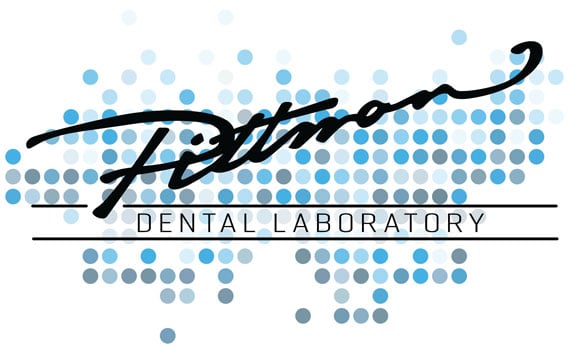 Pittman Account Managers often find themselves fielding one common question from dentists: "Which crown and bridge material is the best choice for my patient?" It's a crucial decision that can significantly impact the overall success of a dental restoration. To help demystify the world of crown and bridge material selection, let's explore the most popular options along with their respective strengths and weaknesses.
Pittman Account Managers often find themselves fielding one common question from dentists: "Which crown and bridge material is the best choice for my patient?" It's a crucial decision that can significantly impact the overall success of a dental restoration. To help demystify the world of crown and bridge material selection, let's explore the most popular options along with their respective strengths and weaknesses.
1. Porcelain-Fused-to-Metal (PFM):
- Strengths: PFM crowns combine the aesthetic appeal of porcelain with the durability of metal. They are suitable for both anterior and posterior restorations.
- Weaknesses: The metal substructure may result in a thin layer of porcelain, making it prone to chipping over time. PFM crowns may also pose challenges in achieving a perfectly natural translucency.
2. All-Ceramic:
- Strengths: All-ceramic crowns are renowned for their exceptional aesthetics, mimicking the natural appearance of teeth. They are a popular choice for anterior restorations.
- Weaknesses: While advancements have improved their strength, some types of all-ceramic crowns may still be more prone to fracture than their metal counterparts. They may not be ideal for posterior teeth with high biting forces.
3. Zirconia:
- Strengths: Zirconia crowns strike a balance between strength and aesthetics. They are highly durable and can withstand considerable biting forces. Zirconia is an excellent choice for both anterior and posterior restorations.
- Weaknesses: Achieving optimal translucency can be challenging, and some patients may find the appearance less natural compared to other materials.
4. Gold Alloy:
- Strengths: Gold alloy crowns are revered for their biocompatibility, durability, and minimal wear on opposing teeth. They are particularly suitable for posterior restorations.
- Weaknesses: The primary concern is the aesthetic aspect, as the gold color may not be visually appealing to all patients. Additionally, the cost may be a limiting factor for some.
5. E-max (Lithium Disilicate):
- Strengths: E-max crowns boast excellent aesthetics and strength. They are versatile and suitable for a wide range of indications.
- Weaknesses: While strong, E-max crowns may not be as durable as zirconia in high-stress areas. Careful consideration is needed for posterior restorations in patients with heavy occlusal forces.
6. Composite:
- Strengths: Composite crowns offer a cost-effective solution with good aesthetics. They are easy to adjust and repair.
- Weaknesses: Composite may not match the durability of other materials, and staining or wear over time can be concerns. They are often used as temporary solutions or for patients with budget constraints. Pittman Dental Laboratory provides access to all of these crown and bridge materials. The Pittman Account Managers will suggest a crown and bridge material depending on various factors, including the patient's oral health, aesthetic preferences, and budget. Collaborating closely with your Pittman Account Manager, considering the specific needs of each case, will ensure the best possible outcome for your patients. Remember, no one-size-fits-all solution exists, but with informed decision-making, both you and your patients can confidently navigate the diverse landscape of crown and bridge material options with Pittman Dental Laboratory. For more information about crown and bridge Indications and Contraindications, download our guide, "Crown and Bridge Highly Aesthetic and Precise".
Pittman Dental Laboratory provides access to all of these crown and bridge materials. The Pittman Account Managers will suggest a crown and bridge material depending on various factors, including the patient's oral health, aesthetic preferences, and budget. Collaborating closely with your Pittman Account Manager, considering the specific needs of each case, will ensure the best possible outcome for your patients. Remember, no one-size-fits-all solution exists, but with informed decision-making, both you and your patients can confidently navigate the diverse landscape of crown and bridge material options with Pittman Dental Laboratory. For more information about crown and bridge Indications and Contraindications, download our guide, "Crown and Bridge Highly Aesthetic and Precise".
Pittman Dental Laboratory Blog
Navigating the Maze: A Comprehensive Guide to Crown and Bridge Material Selection
Topics: Dental Lab, crown and bridge
